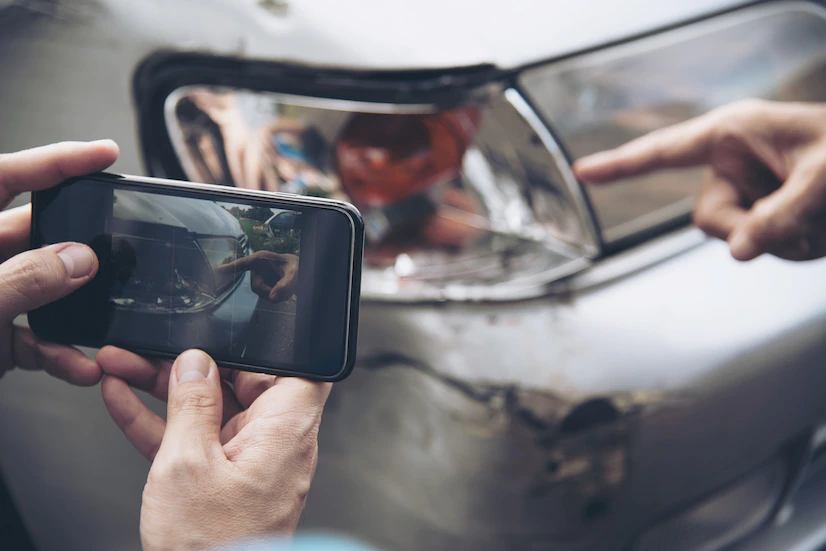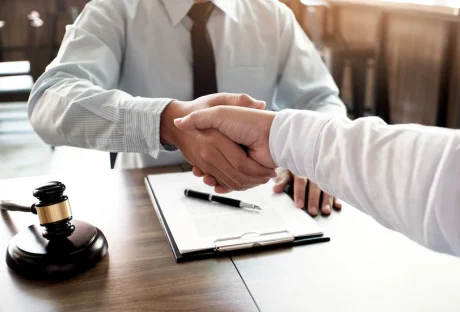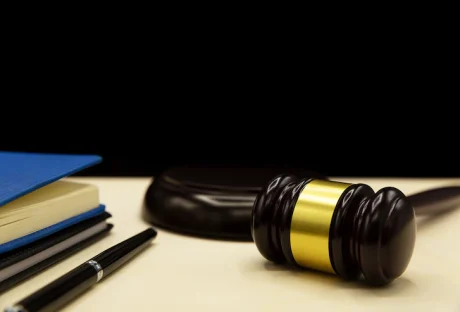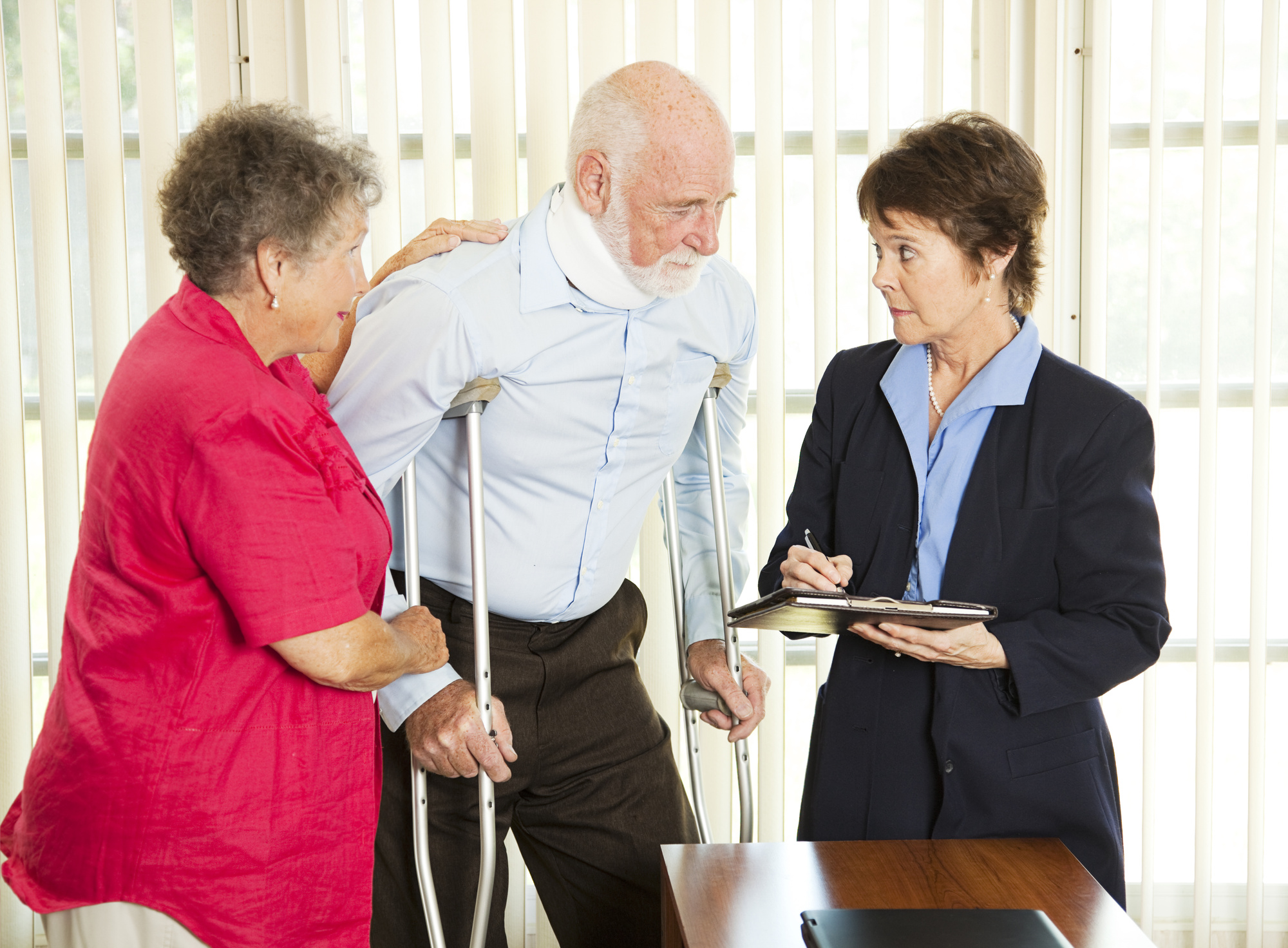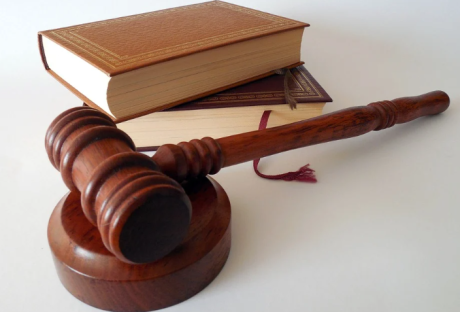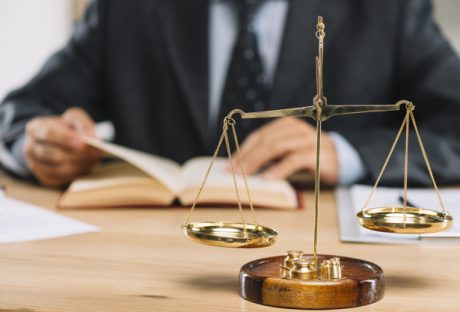Online shopping is the norm today and has led to a surge in UPS truck drivers on the road to cope with the increased demand for deliveries. This increase, while bene
ficial in saving buyers the hassle of going to physical stores to shop, can also lead to an increase in road accidents. After all, UPS trucks can also be involved in such accidents, as is the case with all other vehicles.
A UPS truck accident can lead to minor to critical injuries due to being a bigger vehicle. When this happens, you’ll need to be aware of what to do next as you explore your legal options and ensure you get compensated for damages, including your pain and suffering.
That said, below are the things you need to do to ensure you’re legally protected following a crash with a UPS truck.
Top 5 Ways To Protect Yourself Legally During An Accident With A UPS Truck
1. Get Immediate Medical Attention
Regardless of how minor your injuries may seem after a UPS truck accident, seeking medical attention should be your priority. Doing so is crucial even when you don’t feel as though you’re in pain, especially since some injuries like concussions don’t show signs immediately and stay dormant for weeks or even months. By seeking medical attention, a medical professional can assess your condition, conduct the necessary tests, and prevent your injuries from becoming much more severe, ensuring your recovery.
Aside from securing your health and well-being, getting a medical examination also provides a record of the full extent of your injuries. You can use this as evidence in court in your fight to seek adequate compensation for the damages you sustained from the accident.
2. Take Pictures And Videos Of The Accident Scene And Your Injuries
One of the best ways to prove the UPS truck was responsible for an accident and increase your chances of winning your case is to take photos of the accident scene. You can do this yourself if you haven’t suffered serious injuries. Alternatively, you can request a bystander to take the pictures.
When taking the photos, capture different angles of the accident scene well. This can help get a better idea of the extent of damage resulting from the incident. Also, it’d be best to capture the license plates of the vehicles involved. Pictures are great evidence, especially when dealing with a big corporation such as UPS. This evidence can go a long way in establishing what happened and proving your claims that they’re responsible for the incident.
In addition, you should also take pictures of any injury suffered following your crash with the UPS truck. This step is highly recommended since cuts, bruises, and other injuries fade and heal over time. As such, doing so can help provide a clear idea of how severe the injuries were to help determine your compensation.
3. Contact A Legal Professional
UPS is a huge corporation with thousands of drivers spread parts in the United States. This company maintains files on all its drivers and records transport routes to maintain smooth operation. They also provide all drivers with internal training materials and safety programs. But despite all this, UPS truck accidents still happen.
If you’re a victim, you must contact a personal injury lawyer. With a legal professional’s guidance, you’ll know your legal rights. This is vital because UPS truck accident claim cases often get complicated, so you’ll need proper guidance as you navigate the complex process of pursuing a case. A legal professional is also better suited to examine the case to determine your deserved compensation.
4. Call The Police To File A Report
Another way to legally protect yourself after an accident with a UPS truck is to contact the police. They can help you file a traffic accident report and put it all on record. The report should present a clear record of certain crucial details, such as:
- The accident’s location
- Date and time of the accident
- Photos of the destroyed vehicle
- The weather conditions outline whether it was sunny, foggy, or rainy
- Other details explaining what might have led to the accident, such as failure to use the turn signal
As you file for a report and work with your lawyer, ensure all the facts about the road accident, be it your injuries or damage to your car, are factual. This can help strengthen your case and your chances of successfully getting your compensation.
5. Collect Documentation And Evidence Supporting Your Compensation Claim
Whether you sustained minor or life-threatening injuries following an accident involving a UPS truck, you’re likely to spend money on medical bills to nurse you back to good health. In most cases, this will be a huge financial burden, increasing the need to win your case against the responsible party and seek compensation.
But to stand a chance of winning, make sure to have compelling evidence to support your claims. To start, you can compile copies of your medical bills and expenses. The medical bills you’ll need to pay during your hospital visits may include the following:
- Physician visits
- Inpatient care expenses
- Physical therapy
- Medical prescriptions and devices
- Scans and x-rays
- Surgeries
If there’s a need for more medical care in the future, also include the documentation. You can consult your physician and do your research to get an overview of how much this future treatment will cost.
Aside from medical bills, you could also prepare a summary and proof of other economic damages or tangible losses you sustained following the accident. This includes lost wages due to accident-related injuries and property damages. You can get an accredited auto repair facility to examine the extent of your car’s damages.
Wrapping It Up
It’s not anyone’s wish to get involved in a road accident, more so with a delivery vehicle bigger than your car. But in the unfortunate event you get involved in an accident with a UPS truck, knowing your next steps can be beneficial.
This guide has outlined insights you need to know to help you deal with such an incident. Hopefully, you can be guided as you navigate the legal process of getting the compensation you deserve.
Read Also:















